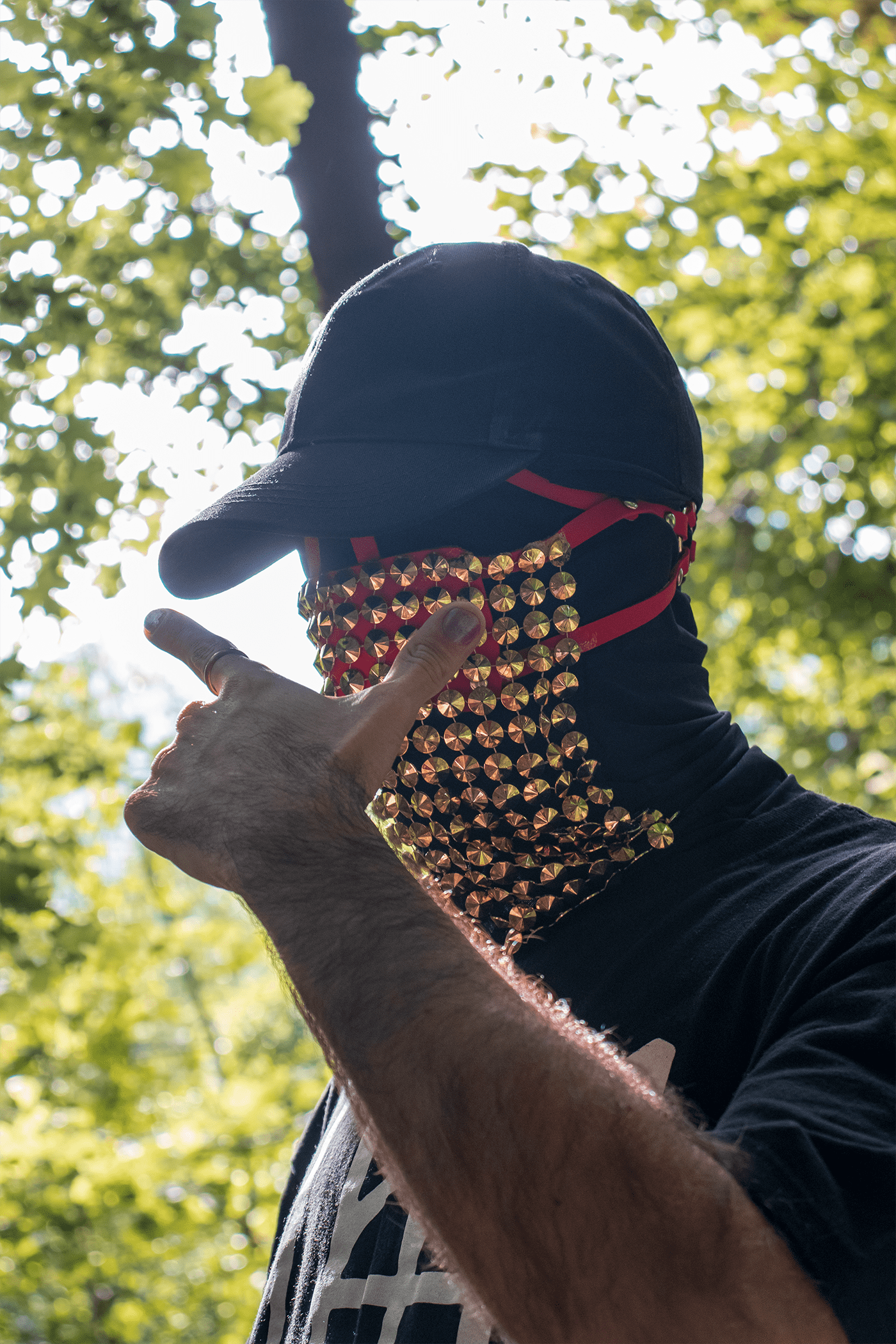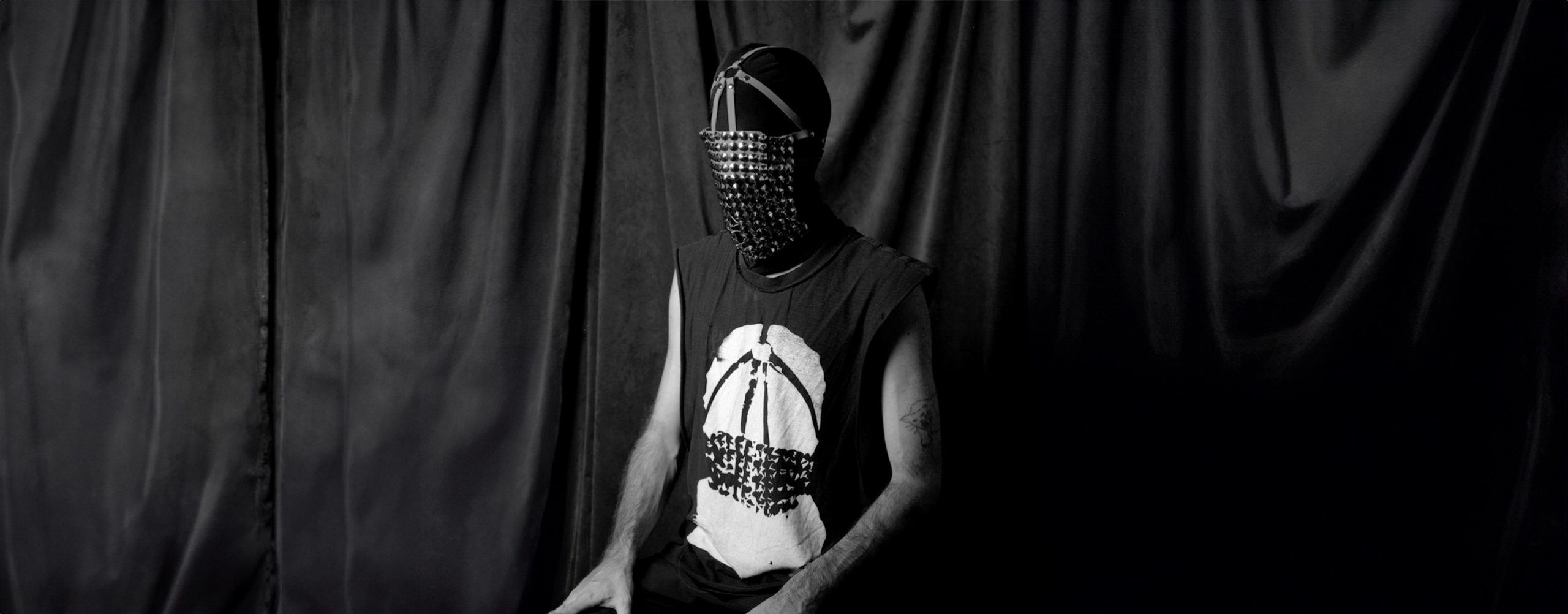Learn more about Lukrø, the artist behind Matraca Label, who has found in music his best form of expression, diversity and growth. Along with celebrating 10 years of the label, Lukrø tells us more about the trajectory of this project and his next steps as an artist.
Tell us about the beginning in Lima, Peru.
Yes, there the projects were Molto and Bene, which at that time was Mijail Mitrovic and Dr.100 which is Rodrigo De Las Casas, Mono con Suerte and Pangolin Sound System. Lukrø was also there with some presentations and DJ sets. Eventually, after a few years, several of these projects ended. Important things were achieved with that project, big events with international guests, important reggae, sound system. Over the years we began to invite more artists to collaborate, to have a little more activity at the local level, to move in different spaces. There were presentations in galleries, in public spaces, in different bars of the city.
Then we launched more music by local artists, and eventually also by more foreign artists. I feel that the thing took off more for outside when we made the Lima Footwork album, which is the only compilation that there has been in Peru of footwork music. That was in 2017, we did a presentation in Lima, some interventions in the street also with posters. Before that we had done trap parties, we had also experimented with many genres, because with these projects you mentioned we moved between future funk, dub, reggae, hip hop a little more abstract.
And so we were experimenting and mutating with the project over the years. When we released Lima Footwork in 2017, we had a review of Noise, and then I started to make relationship with the Mexican scene and with the Chilean scene, also the Argentinean scene and so expanding little by little.
At that time I was involved on a more personal level with performance, and the truth is that I have never conformed to a genre or tried to fit in, that too on a personal level. That’s been my life forever, not fitting in, and I realized that I don’t have to fit in either, you know? In the end I have my journey and it’s not something that’s so standard. My path is a little bit different than everybody else’s, maybe.
That also gives a little bit more freedom, doesn’t it?
Yeah, yeah. At that time I didn’t manage to get some dates because I didn’t have tech house as nice as it was for the scene at that time. Same thing with hip hop. I never really fit in with the hip hop scene. I have rapper friends, I’ve worked the music, but I’ve never fit in there either. In the reggae scene too, I always felt a bit weird, I also felt a lot of machismo, things that didn’t make me feel very comfortable. The industry in general is sexist and misogynistic.
I’ve never felt that I fit into a particular scene, but that’s how I came to create my own movement, a movement to be able to accommodate those diversities, which was a little bit the goal of Matraca. Beyond focusing on this or that genre, it was to support each other in order to grow technically, professionally, to take our sound to the next level, to reach new audiences, to be able to share knowledge.
Maybe we didn’t all do the same thing, but we did have something in common in the way we worked. Even with minimal resources. I’ve never had synthesizers, no machines. I had a mixer when I did dub or rap, but I’ve never had the resources for music production at a pro level, which I would like, but I haven’t had the opportunity.
In most of Latin America we work with what we have. It’s creativity that rules, and that guides you.
How would you describe Matraca at this moment, understanding the road you have traveled?
In addition to being a space where to host diversities, and promote their art, it is a place where the relationship between plastic art, video and music have freedom. It has always been my priority to do that, to give creative freedom to the people I work with. To have that awareness that we are not looking for a product that fits into anything, but for the artist to develop, and to present what he brings, what he is investigating.
What have you learned during these 10 years?
It has been quite a journey. It has had high moments, low moments. It has been very difficult to sustain it and to be here. It starts collectively, also among us, covering the different areas. The art, the web design and the design format was done by Paulo Novoa (Mono con Suerte), who is the one with whom the label started, and in the last few years we started working with Luis Espadín, who is a designer, and with the designer Belén Valverde.
In terms of Matraca’s core, I am the one who, more than anything else, looks for the projects. I’m curating and I’m behind. I always try to consult with Dr.100 as well, to get his opinion. He masters, and takes care of the marketing area, although I like to be behind all the processes, the releases of each album.
How has it been to celebrate your first decade as Matraca?
For me it has been an incredible personal milestone. Also as a reference in Peru, in Lima, because projects do not usually have this continuity, this constancy and insistence, in a certain way. It is difficult to process it all, sometimes I have to realize what I am living, because it has been very crazy for everything I have gone through to be here now.
It is an accomplishment, it is a dream to have achieved the things we have overcome. We go through difficult things all the time, but we also go through very nice things. You live contrasts all the time, and I think it is also part of being a Latin American artist. Wherever you are, it is more difficult, in the emotional sense, to be a Latin American or African artist than it is to be a European or American artist. The emotional labor involved is brutal. Also what it means to be one, and to carry your people forward, to represent, to stand up for what is happening now and in general. Realizing how different we are to the world, you know? Then I get to many places, and I don’t know where I am but people know my work, the work of the label and that is very gratifying.
It’s just these contradictions, these variables that also exist in being a Latin American artist.
You are now living in Mexico City, how do you notice the difference in artistic and cultural terms between being there and in Lima?
Mexico welcomed me very well. I arrived to do a residency in a radio program for a month. I was the first resident at Radio Nopal, and it was a beautiful experience. I fell in love with Mexico City the first time I went, which was in 2018 and it was my first tour in Mexico. I always felt this thing that I wanted to come back, and now I already call it my home.
My relationship with the city is complex, I’ve had very good times, other very bad times, but that’s how it is.
There are certain friends that make me feel at home, my studio, my home, my quiet life. These 10 years with Matraca are a bit like that, on the one hand solitude, and on the other hand to focus a lot on something. It has been a lot of concentrating on making this work, of supporting each project with its particularity and giving it its time and importance. It is not always achieved as one hopes, but I always try to make it as good as possible, and that the music that comes out is something that I love, something that I want to share with the world, that people know, because there are very good things happening. The artists we work with, I admire them a lot. It’s incredible that people seek us out to work with us, and I’m very grateful for the reception we’ve had all over the world, in places I would never have imagined.
If it weren’t for that recognition, for the people who come up to you after playing and support you and say “how beautiful your music is”, I don’t think I would still be here, because it’s a lot of sacrifice to achieve it.

Tell me more about Lukrø, and your evolution as an artist.
Lukrø was a door to experiment at a deeper and professional level with different genres. What always interested me was to be able to hybridize things, to mix funk dance, footwork. In the beginning I did hip hop, footwork, remixes. Then funk dance, then dembow, reggaeton my way, reggae and dub, salsa with trap and hip hop. I’ve had many moments of music and experimentation and that’s what I like. To keep trying, to keep mixing things, not to get stuck with one genre, with one rhythm, but to keep exploring and seeing what works, what doesn’t work.
I also like to get to know different scenes. For example, I was in Bogota for the first time and I found the music and the scene fascinating. I’ve been a couple of times to Medellin, which has a scene that is more reggaeton, more urban, which is very interesting and is now exploding. So, to continue exploring musically, and as far as possible to keep moving forward with what is happening globally at a musical level and that for me is stimulating.
Last week I listened to Nigga Fox and I think he brings a very cool proposal, which inspires me a lot, and so I travel and connect with people, which is what motivates me to create.
Now I don’t feel that I’m in a very musical moment, even though I’m on tour, it’s one of the tours in which I’ve created less music, but you have to live sometimes. I think not making music for a while also helps me to be able to make better music later on. I realize that making music is what makes me better spiritually, emotionally, it’s therapeutic for me. I have been a creator in different facets, in different arts, but in this moment of my life I have realized that creating music is what makes me better. To dedicate myself to this. So why would I do anything else? Music is what pushes me to be a better person, to be a better professional, and to keep growing.
Tell me a little more about your latest release.
It was a collaboration with a French producer called Cardozo, and it was a very interesting experience. The album is called Chiki EP and was released by the label Hypersonics from Mexico, which is an independent label with very good proposals, with whom we have a very good relationship.
Cardozo is a producer that I admire a lot, it was an intense work, the process was good and the result was incredible. People have loved it and are playing it in different parts of the world, and that’s what it’s all about for me, that music can reach people.
It’s very crazy, because you’re not so aware of the impact of what you do. You never know what’s going to happen with the music. You make it, you create it, but you don’t know what happens next.
The good thing about collaborations is that you lean on each other. Now the next release I have is with the duo Baja Frequencia, who I also admire very much musically. They are a global reference in their niche and it was a privilege to work together, a very nice creative process. I am very happy with how things are going. Last year I almost didn’t release any music, only one EP… and this year I’ve already released two, another one is coming, plus some tracks that are about to come out. Now it’s time to release a little more of what I’ve been working on for so long, so there are some things coming.
Photos by Cristobal Pereira (Rotterdam 2022) and Yousef Ruiz @youscore (Lecco 2023)

